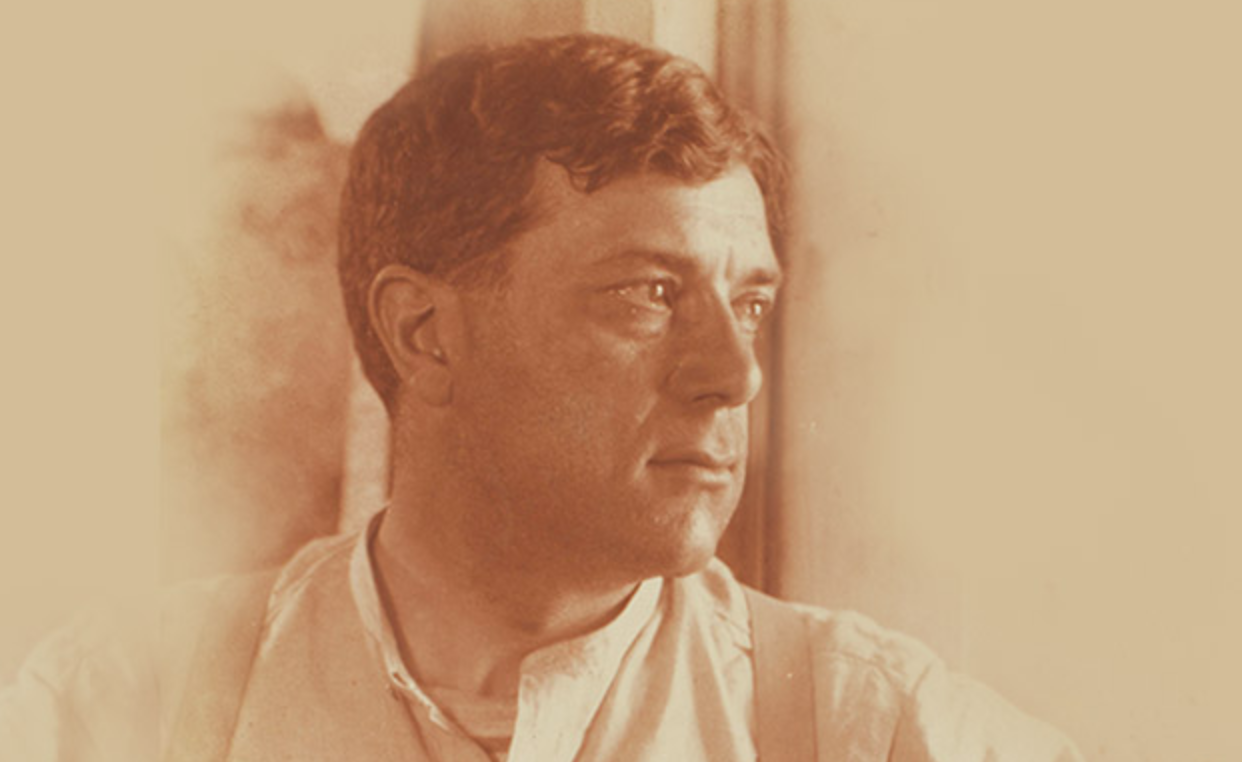Georges Braque
Brooklyn, Nueva York, 1960

18
82
Born 13 May 1882 in Argenteuil-sur-Seine. His father, Charles Braque, runs a mural painting business.
05
Student under Léon Bonnat at the École des Beaux-Arts in Paris.
Discovers fauvism at the Salon d’Automne with the paintings of Matisse, Manguin, Derain, Vlaminck, Marquet, Camoin.
06
Birth of the Le Havre Cercle de l’Art Moderne. Until 1909, Braque, Othon Friesz and Raoul Dufy participate in the annual fauvist painting exhibitions.
In June, in Anvers, first fauvist works. In October, first stay at L’Estaque: “It is in the South of France that I felt the exaltation come upon me!”
07
March 20 – April 30: at the Salón des Indépendants, exhibits six fauve landscapes. In fall, stays at L’Estaque and La Ciotat, producing landscapes in the style of Cézanne. In late November, in Bateau-Lavoir, Apollinaire introduces him to Picasso.
08
November 8–9: first solo exhibition at the Daniel-Henry Kahnweiler Gallery, with geometrized landscapes that mark the official beginning of Cubism. The catalogue preface was written by Apollinaire.
09
Summer in La Roche-Guyon, near Nantes, first landscapes of Analytic Cubism.
11
Appearance for the first time in his pictures of stenciled typographic elements, thereby enriching the meaning and understanding of his works.
12
1912 In September, in Sorgues, creation of the first papier collé, literally pasted paper, Fruit Dish and Glass, which introduces a foreign element to the work of art and permits the separation of color and shape.
13
Birth of Synthetic Cubism. The paintings incorporate the learnings extracted from the papiers collés, imitating its materials and typographic signs.
14
August 3: break-out of the World War I.
Braque is called to the ranks. On 14 November, he is sent to the front at the Somme.
15
May 11: badly wounded at Artois, stops painting until 1917.
17
Pierre Reverdy’s magazine Nord-Sud publishes his “Thoughts and Reflections on Painting”
19
March 5–31: Leónce Rosenberg’s Galerie de l’Effort Moderne, second solo exhibition, with still lifes. Start of his friendship with Erik Satie.
22
November 1–December 20: at the Salon d’Automne, the Canephores represent his new classical inspiration.
24
Collaboration with Serge Diaghilev’s Ballets Russes: Les Fâcheux, Zéphire et Flore, and Salade for the Parisian soirées organized by the Count de Beaumont.
May 2–21 1924: first exhibition at the home of his new dealer, Paul Rosenberg.
25
Studio built by Auguste Perret in Paris, beside Montsouris Park.
26
March 23: marries Marcelle Lapré, his life-long partner since 1910.
30
Studio built by Paul Nelson in Varengeville-sur-Mer, where Braque lives for part of the year.
32
Illustrates Hesiod’s Theogony for Ambroise Vollard. Cycle of paintings, engravings, and sculptures of mythological inspiration.
33
April 9–May 14: retrospective at the Kunsthalle in Basel. The catalogue preface is written by Carl Einstein, author of his first monograph, in 1934.
39
Moves to Varengeville for the duration of the war. First forays into sculpture, series of austere, symbolic vanitas.
43
Publication of Braque le Patron by Jean Paulhan.
44
1944 Starts the cycle on billiard tables, ended in 1949.
46
Nicolas de Staël calls him “the greatest living painter on the planet”.
47
May 30–June 30: First exhibition at the gallery of Aimé Maeght, his last dealer. Meets Poet René Char.
48
Prize at the 14th Venice Biennale.
49
Series of Studies.
53
Paints Birds (Oiseaux) for the ceiling of the Henry II gallery in the Louvre Museum, known as the Etruscan gallery.
54
Starts the Birds series, completed in 1962.
55
Starts the cycle of his last landscapes of Varengeville.
63
August 31: Georges Braque dies in Paris. The artist was given a send-off with state honors and buried in a small cemetery in Varengeville-sur-Mer.
